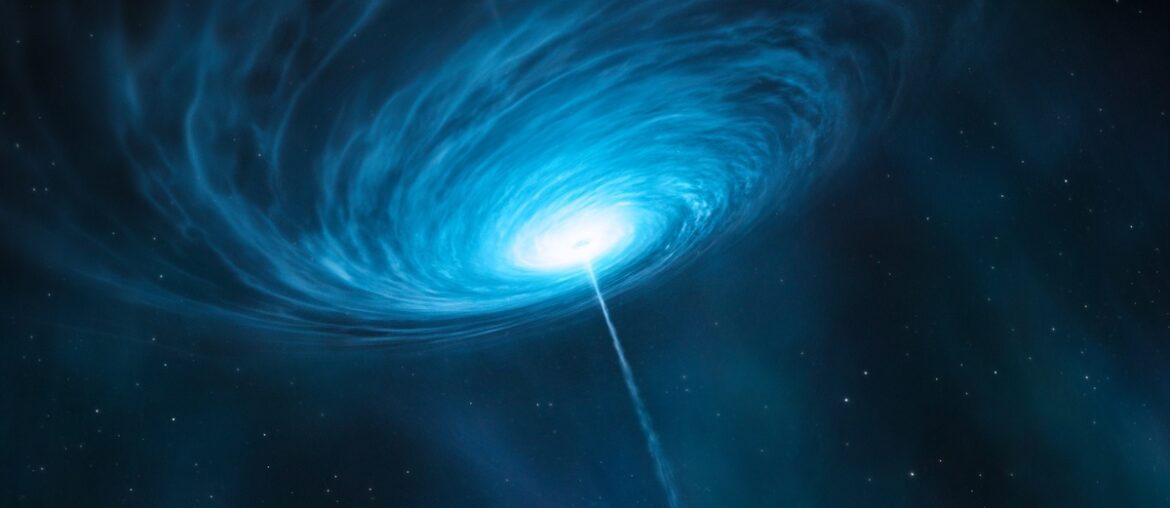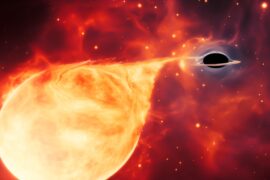In 1963 Maarten Schmidt decoded the spectrum of 3C 273 and revealed an object so luminous and distant that it overturned astronomers’ expectations. That discovery proved these compact, starlike points were not nearby stars at all but powerful nuclei billions of light-years away.
Today we recognize quasars as accreting supermassive black holes—tiny on galactic scales but converting gas into prodigious power as it spirals inward. A single quasar can outshine its host galaxy by factors up to about 1012 in visible light, and that combination of immense energy and strange behavior makes quasars vital probes of physics and cosmology.
This article tours 12 of the strangest things about quasars: physical extremes, odd observational signatures, their role as cosmic actors, and the deep mysteries they pose. Expect concrete examples (3C 273, ULAS J1342+0928, SDSS catalogs), instrument names (Hubble, Chandra, ALMA, JWST), and numbers you can hang on to as we go through the list.
Extreme Physics Around Quasars
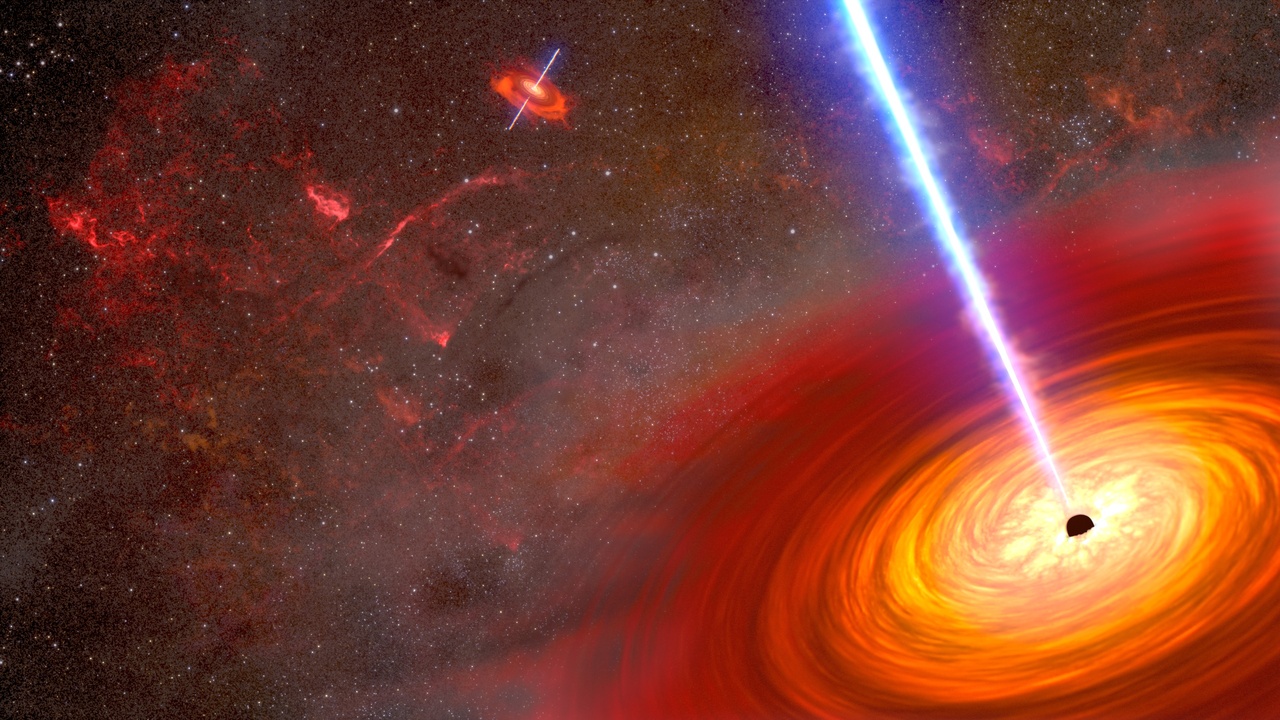
Quasars are natural laboratories for extreme physics: they concentrate enormous luminosity into regions the size of a solar system, subject matter to relativistic gravity and magnetized plasma flows, and power jets visible across the electromagnetic spectrum. Observatories from the Sloan Digital Sky Survey (SDSS) to Chandra and the VLA have pushed detectors and algorithms to keep up. Below are three headline mind-benders that make quasars indispensable for high-energy astrophysics and instrumentation development.
1. Blinding luminosity: outrunning entire galaxies
Some quasars outshine their host galaxies by factors of a trillion. Typical luminous quasars have bolometric luminosities in the range ~1012–1014 L⊙, with the brightest reaching >1014 L⊙. That power comes from accretion: gravitational energy released as gas falls onto a supermassive black hole is converted to radiation with efficiencies of a few to ~10 percent, far greater than the ~0.7 percent efficiency of hydrogen fusion.
Objects like 3C 273—one of the first identified quasars—were pivotal for this realization, and wide-area surveys such as SDSS and infrared missions like WISE have since cataloged thousands of similarly luminous systems. The need to measure extreme contrast and wide dynamic range has driven improvements in detector linearity, infrared arrays, and data-reduction pipelines used across astronomy.
2. Supermassive black holes with jaw-dropping masses
Quasar engines are supermassive black holes with masses from roughly 106 to 1010 M⊙. Some record-holders approach or exceed 1010 solar masses—for example, SDSS J0100+2802 is estimated at about 12 billion M⊙. These measurements come from techniques such as reverberation mapping and virial estimates using broad-line widths in spectra from surveys like SDSS.
The existence of such massive black holes at high redshift poses growth-time puzzles: Eddington-limited accretion and reasonable seed masses struggle to build 109–1010 M⊙ within a few hundred million years after the Big Bang. Accurate mass estimates guide models of galaxy evolution and have motivated precision timing and spectral-analysis tools used in many observational programs.
3. Relativistic jets that travel near light speed
Many quasars launch narrow jets of plasma at relativistic speeds, producing emission from radio to gamma rays. Very long baseline interferometry (VLBI) reveals apparent superluminal motion, a projection effect indicating real velocities often >0.9c. Telescopes such as the VLA and space observatories like Fermi detect jet emission and high-energy flares.
Examples include radio-loud quasars and blazars such as 3C 273 and 3C 279. Jet studies have informed plasma physics in extreme conditions and motivated development of time-resolved radio imaging and high-energy detectors, while jets themselves shape the intergalactic medium by injecting energy on large scales.
Bizarre Observational Properties
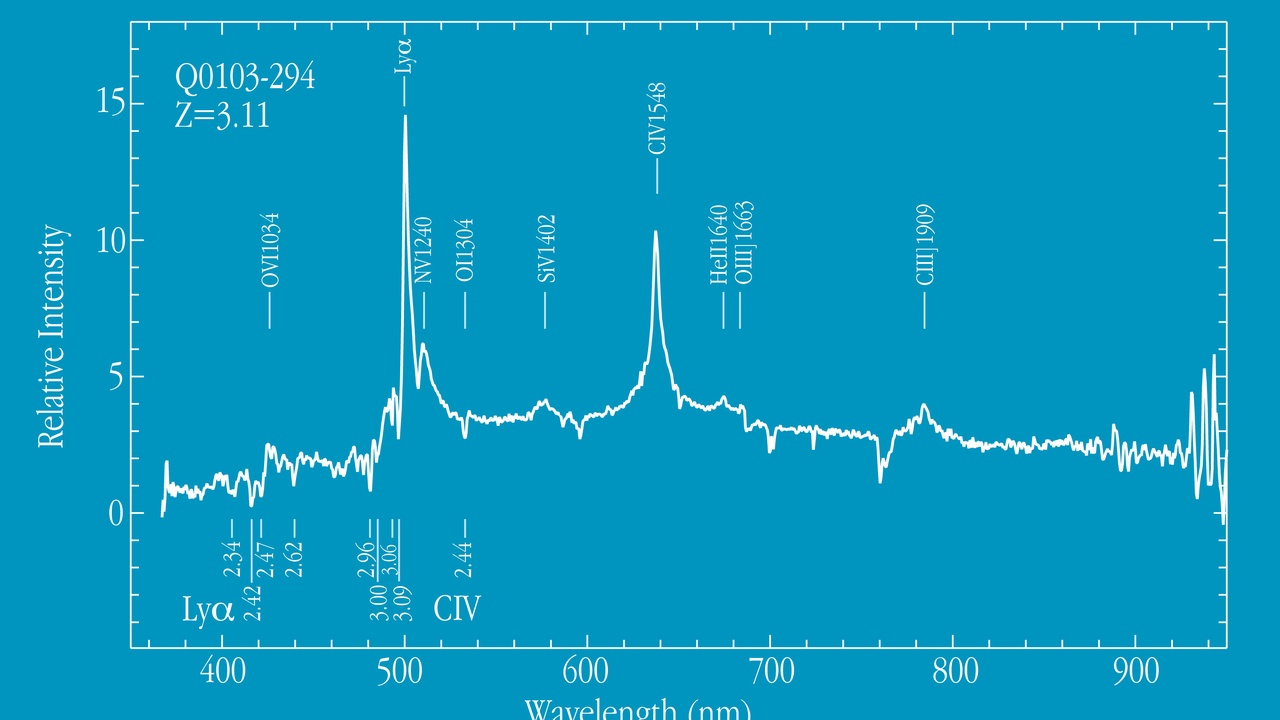
From spectacular redshifts to rapid, puzzling changes, quasars frequently surprise observers. Their spectra mix broad and narrow emission features, their brightness can swing on surprisingly short timescales, and the most distant examples act as time machines to the early universe. Instruments including SDSS, Hubble, JWST, and ground-based near-IR telescopes have all contributed key insights.
4. Redshift: quasars are time machines
The highest-redshift quasars let us see the universe less than a billion years after the Big Bang. For example, ULAS J1342+0928 was measured at z = 7.54 (discovered in 2017), corresponding to a lookback time of more than 13 billion years. Such spectra show both the quasar’s intrinsic emission and absorption fingerprints from intervening gas.
Quasar sightlines probe the intergalactic medium and the tail end of reionization via the Lyman-alpha forest and damping wings. JWST and large ground-based near-IR spectrographs now target these objects to refine reionization timelines and chemical enrichment in the early cosmos.
5. Rapid variability and “changing-look” behavior
Some quasars change brightness or spectral class on human timescales—months to years. “Changing-look” quasars, such as the well-studied Mrk 1018 and numerous examples identified in SDSS and Pan-STARRS, have switched between Type 1 and Type 2 spectral appearances over a few years.
Observed variability can occur on timescales as short as days for compact, high-energy emission regions, or months to years for larger-scale spectral changes. Proposed causes include abrupt accretion-rate changes or variable obscuration. Time-domain surveys such as ZTF and Pan-STARRS, and soon LSST, have been crucial for discovering and characterizing these transitions.
6. Weird spectra: broad and narrow lines, and foreign fingerprints
Quasar spectra are a complex mix: broad emission lines from gas moving at ~1,000–10,000 km/s close to the black hole, narrow lines from more distant regions, and numerous absorption features from intervening gas clouds. The Lyman-alpha forest, seen as many absorption lines blueward of the quasar’s Lyα emission, traces diffuse intergalactic hydrogen along the line of sight.
These spectral fingerprints allow astronomers to measure element abundances, kinematics, and the distribution of matter across cosmological distances. Large spectral catalogs from SDSS and follow-up with Keck or the VLT enable statistical studies of quasar environments and foreground absorbers.
Quasars as Cosmic Actors
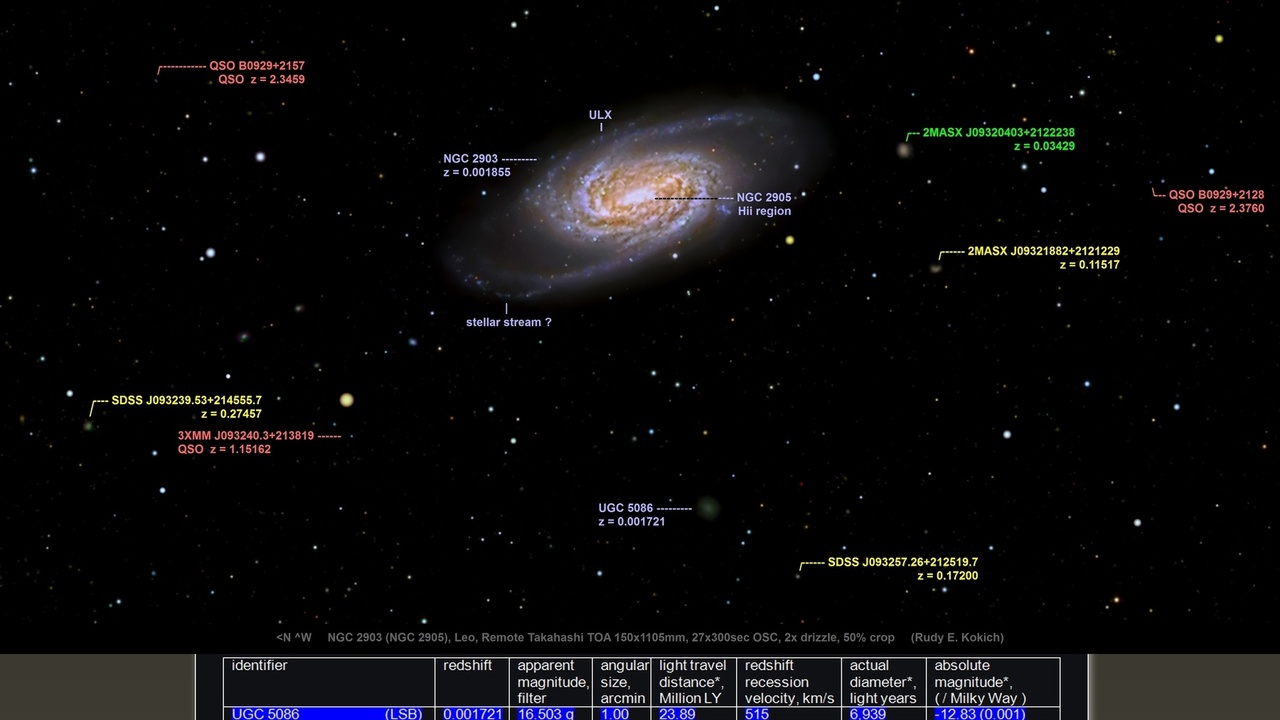
Quasars don’t just shine; they shape their surroundings. During peak activity they influence galaxy growth, enrich and heat the intergalactic medium, and act as lighthouses for mapping cosmic structure. Surveys like SDSS and facilities such as ALMA have quantified these roles. Below are three major ways quasars act on the cosmic stage.
7. The quasar era: a phase of furious growth (cosmic noon)
Most quasar activity peaked around redshift z ≈ 2–3, roughly 10–11 billion years ago, an epoch often called cosmic noon. The space density of bright quasars at that time was orders of magnitude higher than today, indicating widespread rapid black-hole growth and abundant cold gas in galaxies.
Large surveys such as SDSS and deep-field programs have mapped the evolving quasar luminosity function, linking quasar activity to galaxy mergers and gas inflow. That peak era is central to models of co-evolution between galaxies and their central black holes.
8. Quasars as cosmic beacons and tools for cosmology
Quasars serve as bright backlights that reveal gas, metals, and structure between us and them. The Lyman-alpha forest maps the distribution of baryons, while damped Lyman-alpha systems mark reservoirs of neutral gas in galaxies. SDSS spectra and high-resolution spectra from Keck or VLT are workhorses for these studies.
Quasar absorption lines also measure chemical enrichment over cosmic time and trace large-scale structure via statistical clustering of sightlines. These tools have helped refine models of the intergalactic medium and the timing of reionization.
9. Feedback: quasars that quench or trigger star formation
Radiation and winds from quasars can drive outflows with velocities of hundreds to thousands of km/s, removing or heating gas and influencing star formation in the host galaxy. ALMA has observed molecular gas depletion in some quasar hosts, tying AGN activity to reduced star formation.
Feedback prescriptions in cosmological simulations (for example, Illustris and EAGLE) strongly affect the simulated galaxy population. Observational constraints on outflow rates, mass-loading, and energy injection remain active areas of research because they determine how galaxies evolve across cosmic time.
Deep Mysteries and Active Questions
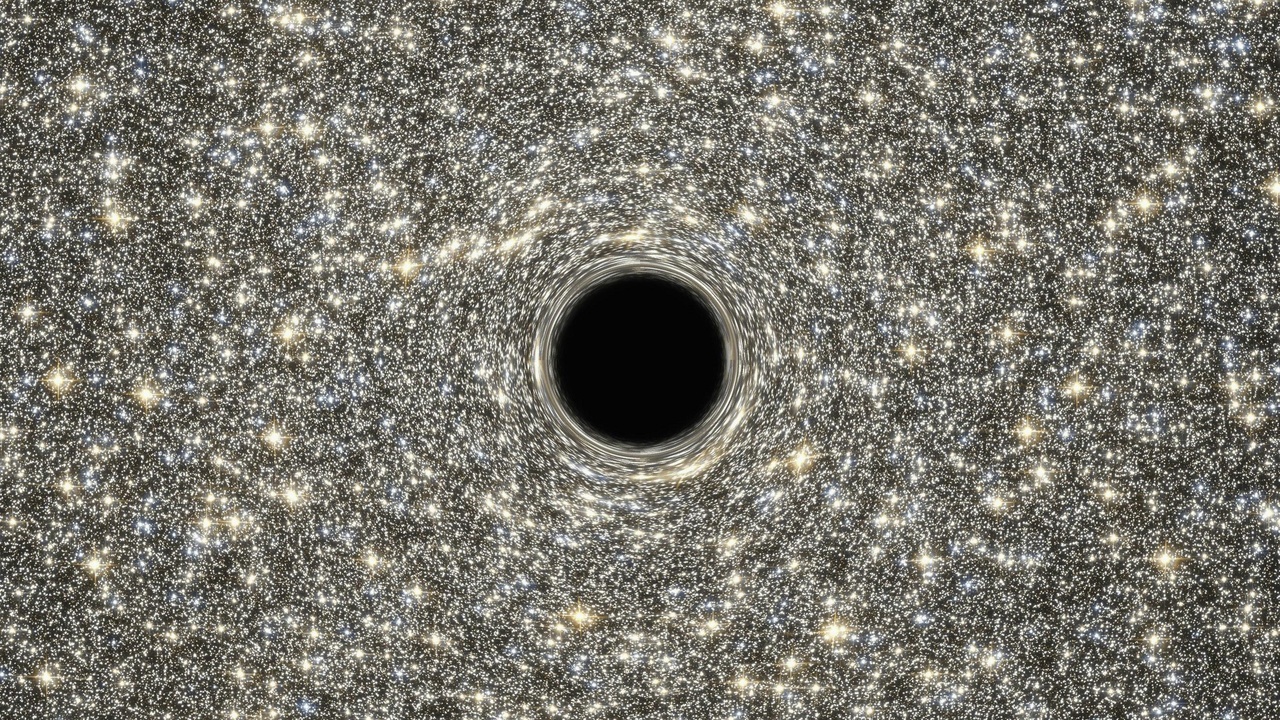
Where our knowledge is weakest is where progress is fastest. Several fundamental questions about quasars remain unresolved, and current missions such as JWST, eROSITA, and upcoming surveys like LSST are explicitly designed to address them. Here are three of the most pressing mysteries driving today’s research.
10. How did supermassive black holes grow so fast in the early universe?
The plain puzzle is stark: billion-solar-mass black holes exist when the universe is less than a billion years old. For example, objects with masses near 109–1010 M⊙ are known at z > 6, and SDSS J0100+2802 is estimated at ~12 billion M⊙ at high redshift. Eddington-limited growth from stellar-mass seeds struggles to reach those masses in the available time.
Leading ideas include massive seed formation (direct collapse), sustained episodes of super-Eddington accretion, and rapid merging. JWST and ALMA are searching for the earliest growth signatures and host environments; resolving this question will constrain the physics of early structure formation and the initial mass function of black-hole seeds.
11. The hidden majority: obscured and missed quasars
Optical surveys miss a large population of dust-obscured AGN. Infrared and X-ray work has revealed many such sources, and estimates often indicate an obscured fraction well over 50 percent depending on luminosity and redshift. That means optical catalogs undercount both the number of active black holes and their contribution to the cosmic energy budget.
Missions such as WISE, Spitzer, Chandra, and the newer eROSITA all play roles in uncovering hidden quasars. A fuller census across wavelengths is critical to understanding SMBH demographics, accretion history, and the integrated radiation that influenced the intergalactic medium.
12. Are there alternatives or surprises: TDEs, extreme accretion, and classification challenges
Not every bright nuclear flare is a classical quasar. Tidal disruption events (TDEs), where a passing star is shredded by a black hole, can mimic quasar-like luminosities but typically evolve on shorter timescales and show distinct spectral evolution. Extreme, short-lived accretion episodes also blur the line between transient and persistent AGN.
Distinguishing these edge cases requires time-domain surveys and multiwavelength follow-up. Upcoming facilities such as LSST and ongoing X-ray surveys like eROSITA will greatly expand transient discovery rates, forcing clearer classification schemes and sharpening theoretical models of accretion physics.
Summary
Quasars pack the weird and the wonderful into compact regions of space: they are beacons, engines, and puzzles all at once. Below are the big takeaways to remember.
- Quasars can outshine entire galaxies (luminosities ~1012–1014 L⊙), driven by efficient accretion onto SMBHs.
- Supermassive black holes with masses up to ~1010 M⊙ exist very early (z > 6), posing growth-time puzzles for models of the early universe.
- These objects are powerful cosmic probes—their spectra trace the intergalactic medium, and their jets and winds influence galaxy evolution.
- Many strange things about quasars remain unresolved: a large obscured population, rapid “changing-look” behavior, and the origin of the earliest massive black holes.
- Watch JWST, LSST, and eROSITA for new discoveries; time-domain and multiwavelength work will keep revealing surprises about quasar phenomena.
Enjoyed this article?
Get daily 10-minute PDFs about astronomy to read before bed!
Sign up for our upcoming micro-learning service where you will learn something new about space and beyond every day while winding down.

